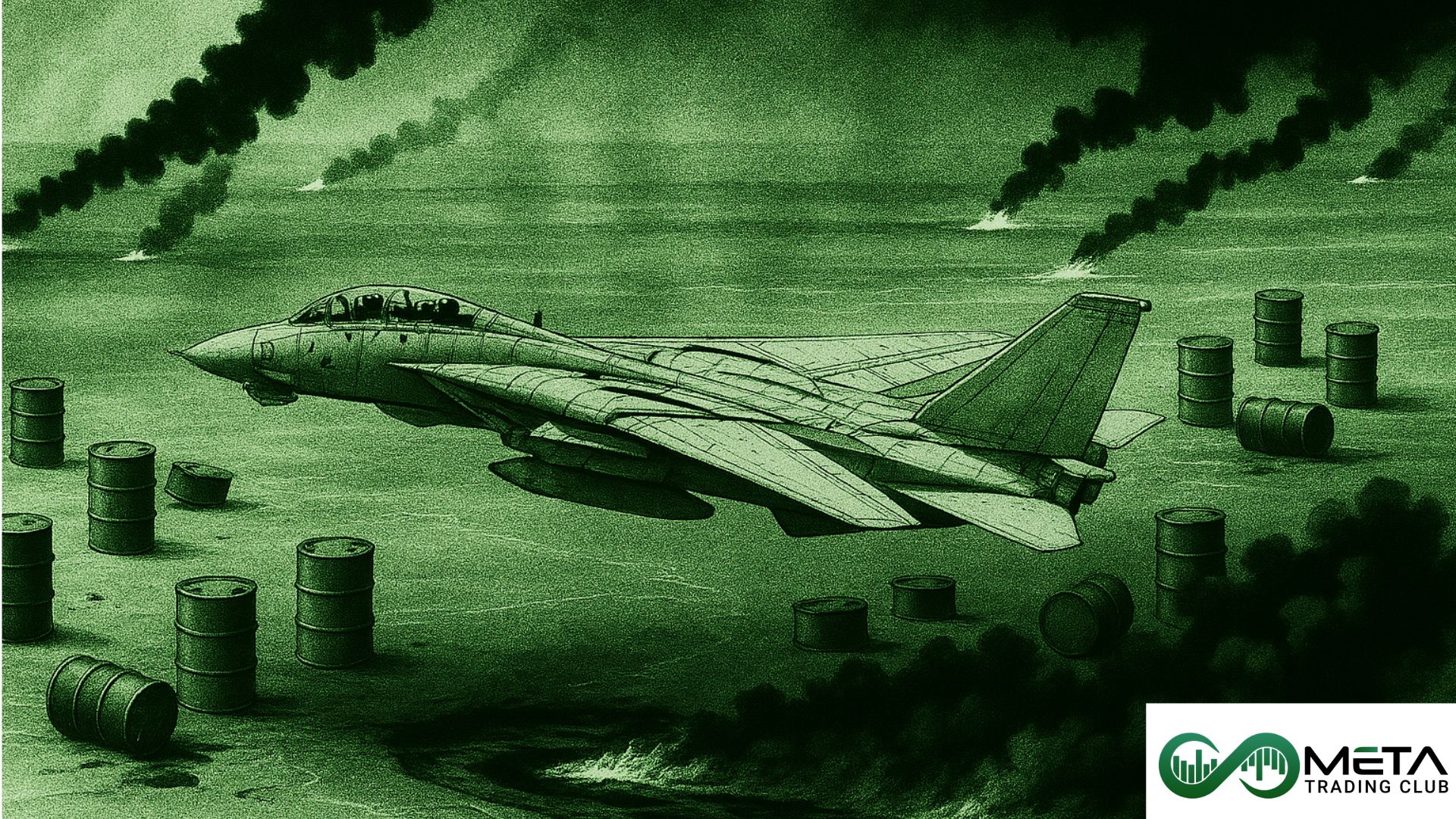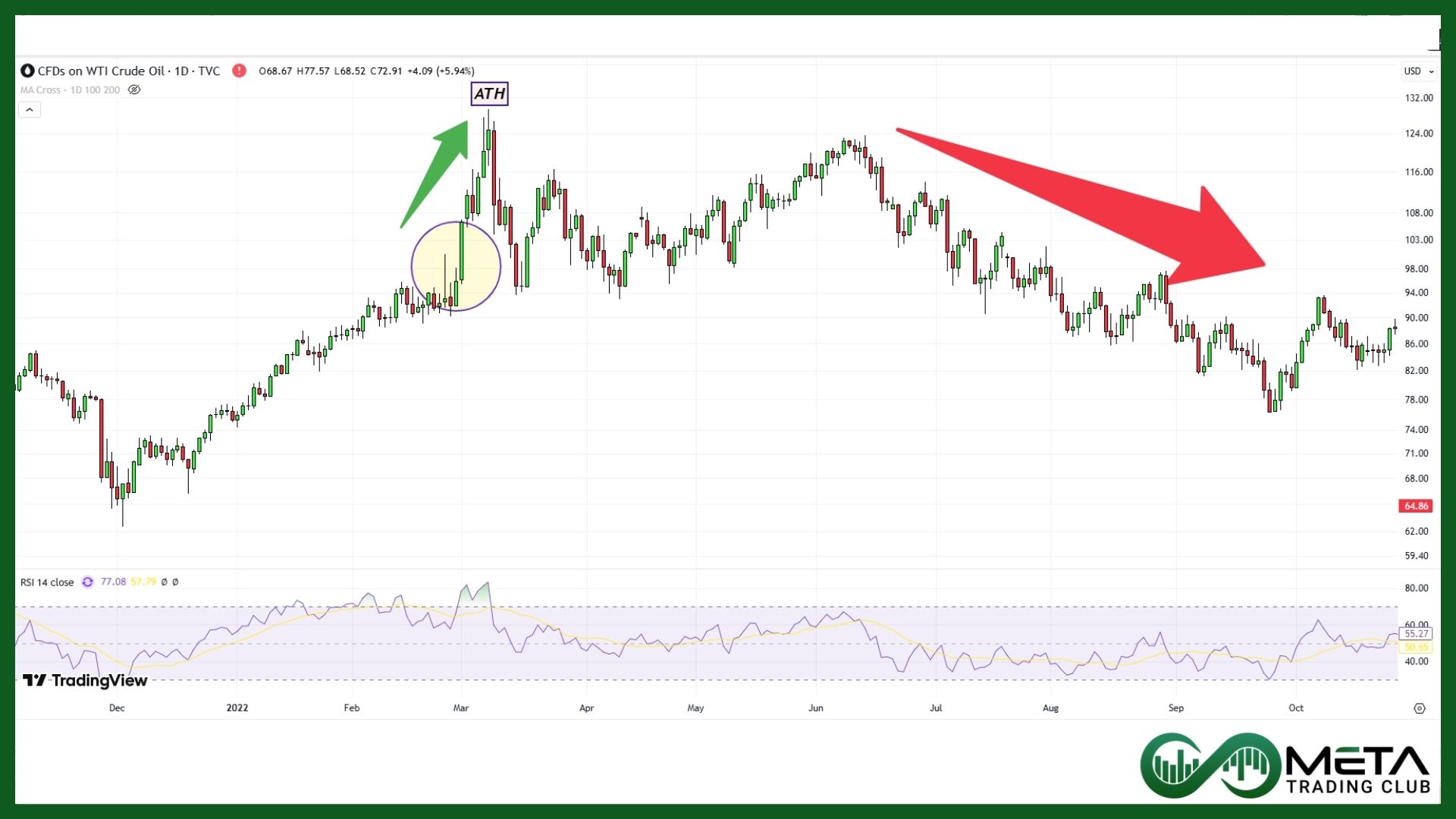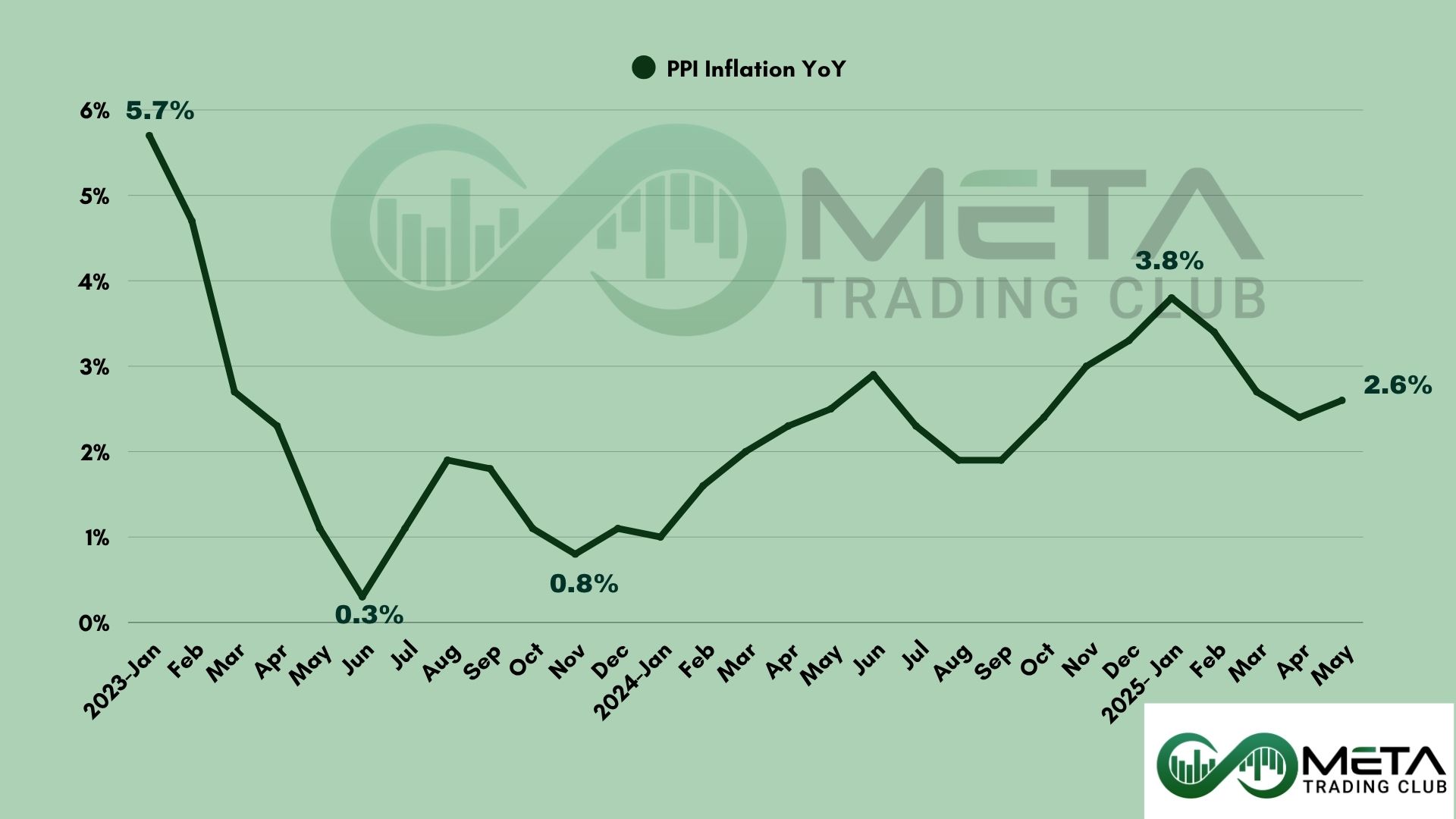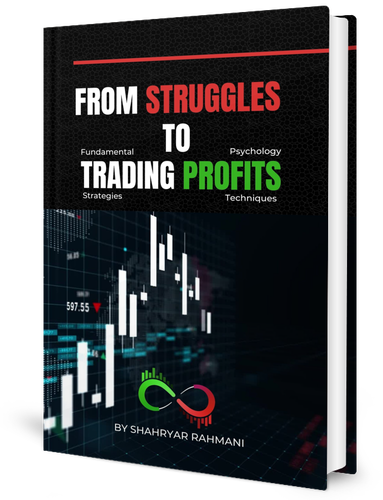Markets tend to react quickly to geopolitical conflicts, causing short-term drops in stock prices. However, history shows that these declines are usually temporary unless the crisis directly affects the global economy.
Right now, Israel has launched major airstrikes on Iran, targeting nuclear sites and military bases. The attacks have killed top Iranian military leaders. Iran has called the attack a “declaration of war” and responded with drone strikes, though Israel intercepted most of them.
Oil prices have surged, defense stocks are rising, and global markets are reacting fast, but they also tend to stabilize over time. Understanding past events like the Gulf War (1991), 9/11 (2001), and Russia-Ukraine (2022) can help you traders to make informed decisions.
Historical Patterns of Market Reaction
Markets drop quickly during global conflicts, but they usually recover soon after, as you can see in the examples below.
Gulf War (1990-1991)
The Gulf War had a significant impact on global markets, particularly due to Iraq’s invasion of Kuwait in August 1990. This event triggered economic uncertainty, causing oil prices to double from $20 to $40 per barrel. The sharp rise in energy costs led to higher inflation worldwide, affecting businesses and consumers alike. Many industries reliant on oil saw their expenses skyrocket, leading to reduced profitability and economic instability.
Investor confidence plummeted, with stock markets experiencing steep declines. The Dow Jones Industrial Average fell by 18%, reflecting widespread concerns about geopolitical risks. However, once the U.S.-led coalition intervened, markets bounced back 17%, signaling restored confidence. The Federal Reserve took measures to stabilize financial markets, helping to ease economic uncertainty.
The war contributed to a recession lasting eight months, during which GDP contracted by 1.4%, impacting economic growth. Unemployment rose from 5.5% to 7.8%, leaving millions without jobs. Global trade also slowed, particularly affecting nations dependent on oil exports. Despite these challenges, the economy gradually recovered as the conflict ended, and oil supplies stabilized.
9/11 Attacks (2001)
The 9/11 attacks on September 11, 2001, caused a dramatic economic shock, leading to a steep decline in global financial markets. The Dow Jones Industrial Average dropped 7.1%, while the S&P 500 fell 11.6% and the Nasdaq plummeted 16%, wiping out $1.4 trillion in market value. Investor panic resulted in the longest market shutdown in U.S. history, as the New York Stock Exchange (NYSE) and Nasdaq remained closed for nearly a week.
In response to the crisis, the Federal Reserve injected $100 billion per day into financial systems to maintain liquidity and prevent a deeper collapse. Safe-haven assets surged, with gold prices rising, and oil prices spiked briefly before stabilizing. The insurance sector faced $40 billion in losses, making it one of the costliest disasters in financial history.
Despite the initial downturn, markets recovered within weeks, as economic fundamentals remained strong. The Dow Jones and S&P 500 rebounded, and investor confidence returned. However, the attacks had long-term financial implications, including increased security spending.
Russia-Ukraine Conflict (2022)
The Russia-Ukraine conflict, which began on February 24, 2022, caused immediate global financial instability. Markets sold off heavily at first, yet the S&P 500 closed positive the same day, reflecting investor resilience. Despite initial uncertainty, financial markets adjusted quickly, absorbing the shock while remaining cautious about ongoing risks.
The war significantly impacted energy markets, with oil prices surging above $130 per barrel, triggering inflation spikes worldwide. Natural gas prices in Europe increased by over 200%, causing severe disruptions in the energy sector. Rising costs of essential commodities, such as wheat and metals, exacerbated inflation, leading to a 2.5% increase globally.
However, markets gradually stabilized as alternative supply sources emerged, including increased production from OPEC nations and strategic oil reserve releases by the United States and European countries. Over time, demand adjustments and policy interventions helped oil prices decline, with Brent crude settling below $80 per barrel in subsequent months. The energy crisis also accelerated shifts toward renewable energy investments, reducing long-term reliance on volatile oil markets.
Short-Term Panic vs. Long-Term Stability
Wars and geopolitical conflicts often trigger immediate market turmoil, as traders react to uncertainty and potential economic disruption. Stock indices typically plunge, and commodity prices fluctuate sharply, with oil and gold often surging as traders seek safe-haven assets. However, despite the initial shock, markets tend to stabilize as economic fundamentals reassert themselves.
In the short term, fear-driven selloffs dominate, reflecting heightened risk perception and concerns over supply chain disruptions, inflation spikes, and trade restrictions. Historical data shows that major conflicts cause steep declines in stock prices, yet these downturns are often temporary unless the war fundamentally alters global supply chains or economic conditions.
Once traders reassess risk, financial markets begin to recover, driven by policy interventions, corporate adaptations, and resilient consumer spending. Governments and central banks frequently step in with monetary and fiscal policies to mitigate uncertainty, stabilizing economies. Sectors deeply impacted by the conflict, such as energy, and commodities, often experience long-term structural changes, while others return to pre-crisis trends.
Over time, businesses and markets adapt to global conflicts, showing their ability to recover. While some industries struggle and others benefit, the overall market tends to bounce back and adjust. Traders who manage risk carefully often come out stronger, making the most of new opportunities as economies stabilize.


















